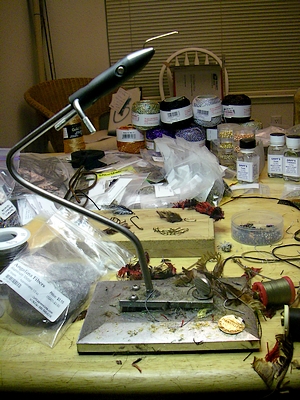 I’ve known it by many names – but mostly it’s “the vise I can’t get rid of…”
I’ve known it by many names – but mostly it’s “the vise I can’t get rid of…”
One of my buddies found one at a flea market, it was an original “Thomas Vise” complete with a sheet metal C-clamp. Elsie and Harry Darbee swore by it, and it enjoyed a brief resurgence as the “Catskill Vise” – never manufactured as such, just a common name for the old Thomas specimens still in existence.
I owned my first when it was the “Phelp’s Vise” – bought a second one for parts from Peter Phelps after it was rechristened the “Xuron”. It was popular with Eric Leiser and some of the eastern tiers in the Eighties, but like all simple, elegant, sturdy designs, it vanished.
A fly tying vise without any moving parts doesn’t wear out; no “forcing collars” to split, no seals or gaskets, no midge jaws to break – and even when you turn a stainless steel 3/0 into a pretzel – there’s nothing in the assembly to protest or groan.
The best part is they’re making it again.
It’s still called the “Xuron” vise – and in this day and age of rotating gizmo vises, its price falls into the “entry level” of fly tying tools. The Deluxe model with pedestal base is $160.
That’s a far cry from the $400 contemporary miracles of rotary design – and it still offers a feature you can’t buy in any other vise, the base has a “ball and socket” joint that allows you to adjust both the attitude of the jaws, and tilt the vise to any degree in the “X , Y” coordinate plane. You can pull the vise jaws backward into an upright position, or thrust them forward and rotate the jaw to make the shank of a salmon-double level.
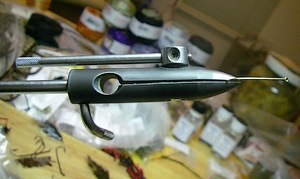 It appears the only change to the vise is the presence of a “knurled” knob where the Allen screw used to be. We modified the design by rotating the head 180 degrees (so the tightening lever is on the far side) and replaced the screw with a small “L” shaped bar of metal so we could rotate the jaws into a new position by pressing your palm against the bar.
It appears the only change to the vise is the presence of a “knurled” knob where the Allen screw used to be. We modified the design by rotating the head 180 degrees (so the tightening lever is on the far side) and replaced the screw with a small “L” shaped bar of metal so we could rotate the jaws into a new position by pressing your palm against the bar.
The knurled knob isn’t as easy to manipulate while tying – so I’d recommend modifying the assembly, or asking the vendor whether he still stocks the old threaded “bar” – or can modify the assembly for you.
Some companies still do that – it’s called “customer service.”
Which is the “best” vise is hotly debated in every fly tying forum available on the Internet. “Best” seems to be important to new tiers – while us old guys are more interested in what works. This is the “General Practitioner” of fly tying vises – able to accommodate hook sizes from 6/0 to 26 with the same single tightening motion – and handles the rarified styles like Waddington shanks and tube flies with a tilt and tighten.
Considering the contemporary vises I’ve used – which seem to be moving into more of a “specialized” style, with a plethora of knobs, dials, and gauges to handle hook sizes and styles – this vise is uncommon.
It’s rare that simplicity reasserts itself – I must not be the only fan, as someone still thinks there’s plenty of life left in the design. After putting about a quarter million flies through it in the last 20 years – all on the same set of jaws, I’m sure you’ll find this tool more than meets your needs.
Christmas is heading our way, and it’s going to be a tough holiday what with the turmoil in markets and decline in the economy. Maybe this is worth a second look – it may be the “best” price for the service you’ll get.

 Them heady days of a commercial resale license are long gone, compliments of the Internet. Manufacturers use minimum order to separate the riff-raff from the genuine capitalists – something I gleefully exploit at every opportunity.
Them heady days of a commercial resale license are long gone, compliments of the Internet. Manufacturers use minimum order to separate the riff-raff from the genuine capitalists – something I gleefully exploit at every opportunity.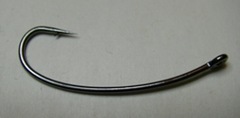 It was an oddball hook, normally I would’ve kept moving without another thought – but a sale is not to be taken lightly…
It was an oddball hook, normally I would’ve kept moving without another thought – but a sale is not to be taken lightly… I was tracking some quarry for the
I was tracking some quarry for the 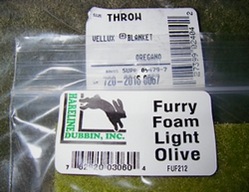 Big stonefly nymphs and
Big stonefly nymphs and 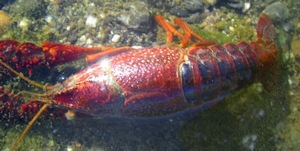

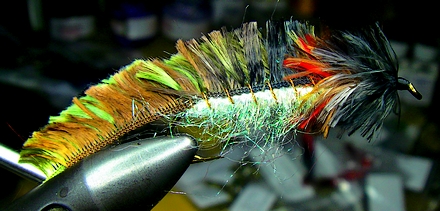
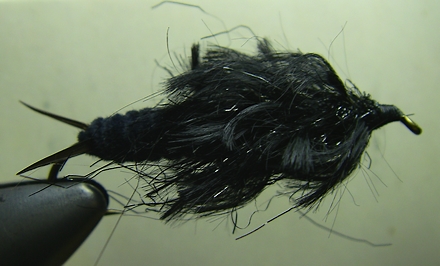
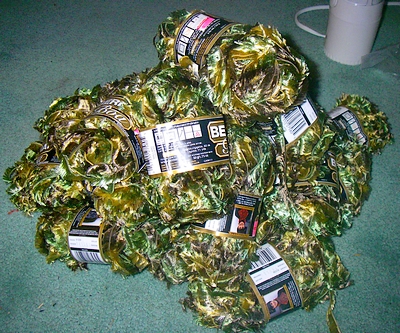
 Charlie Brown and I had the same vocabulary, featuring a plaintive howl everytime Lucy yanked the football away. My battle was with the fly tyer’s of
Charlie Brown and I had the same vocabulary, featuring a plaintive howl everytime Lucy yanked the football away. My battle was with the fly tyer’s of 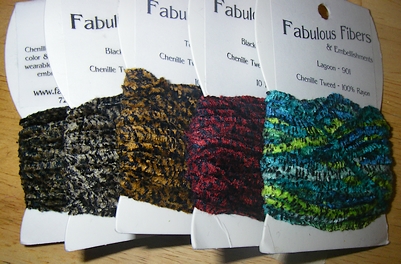
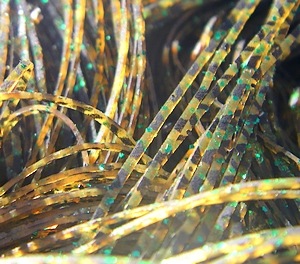
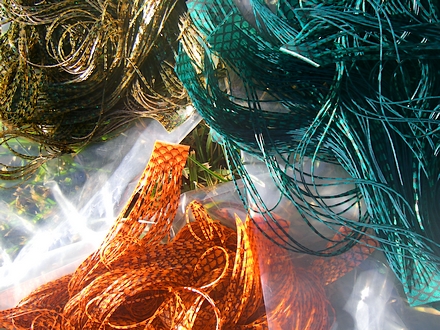
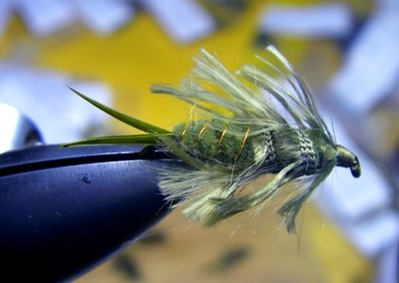
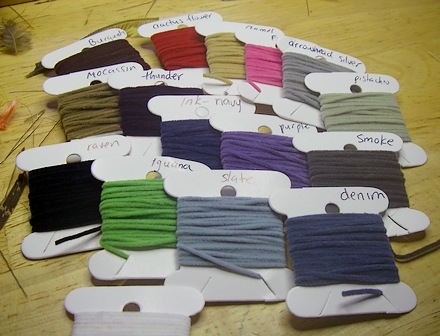
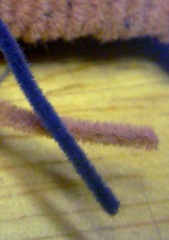 This fiber is made by a manufacturer called “
This fiber is made by a manufacturer called “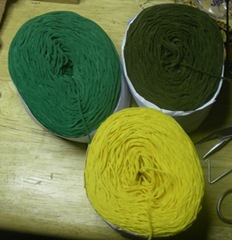 A cone of
A cone of